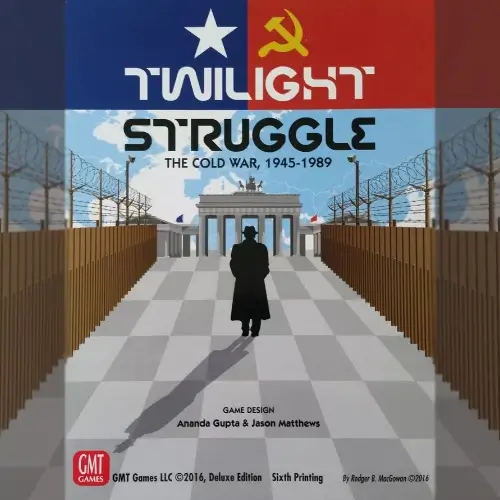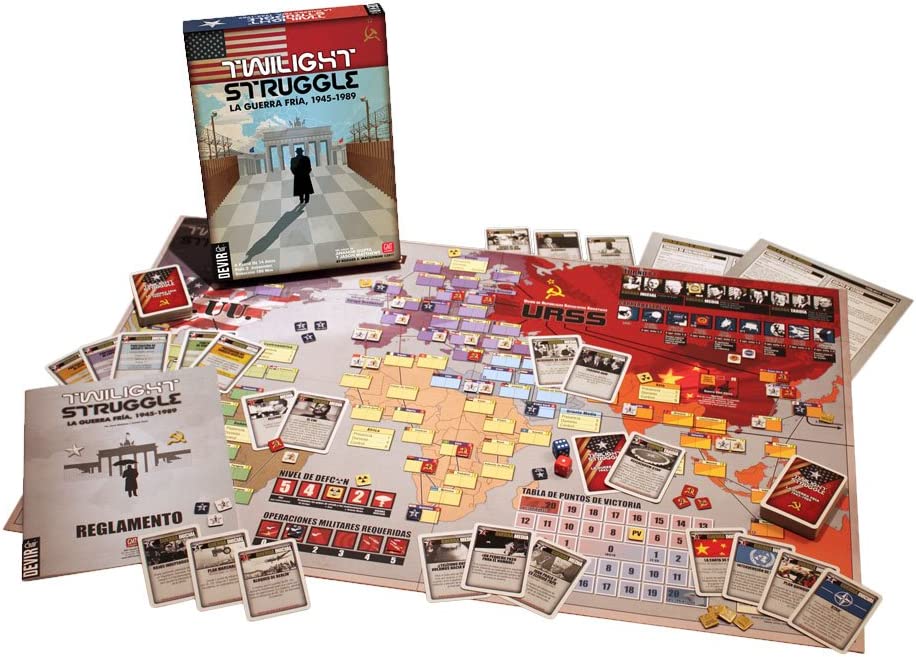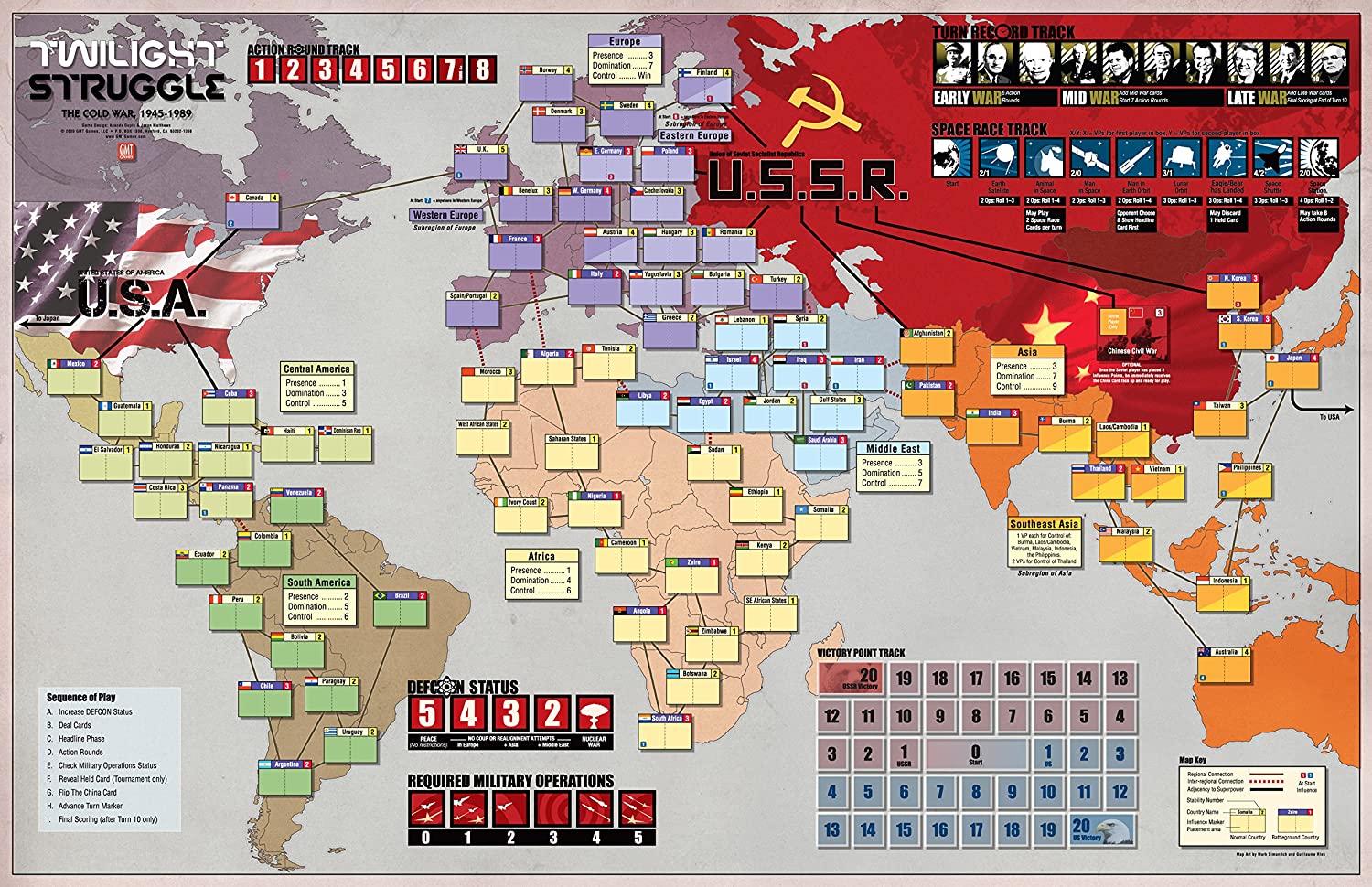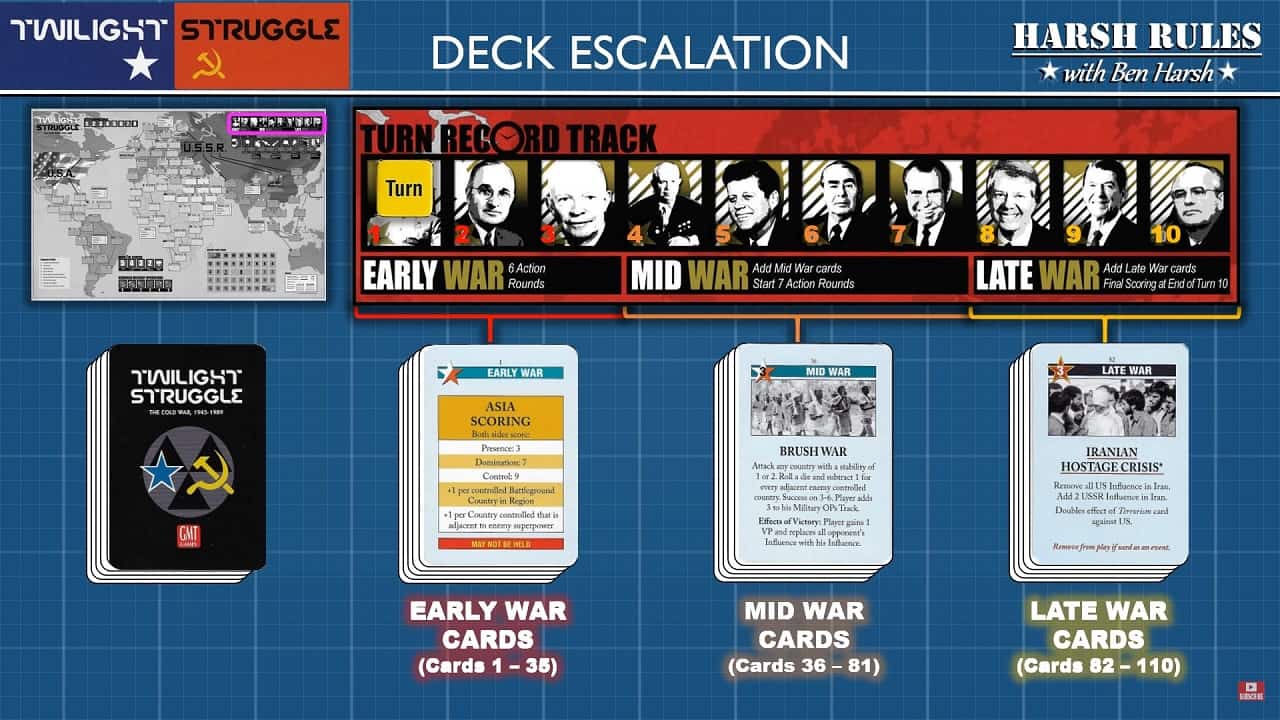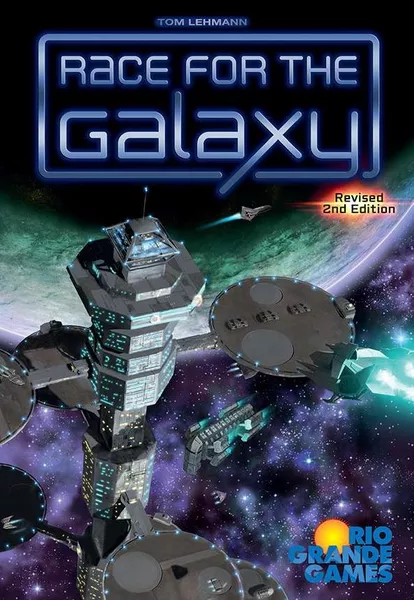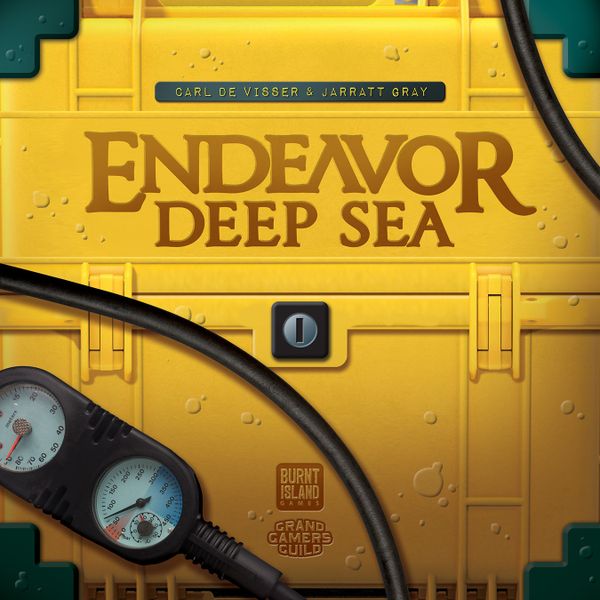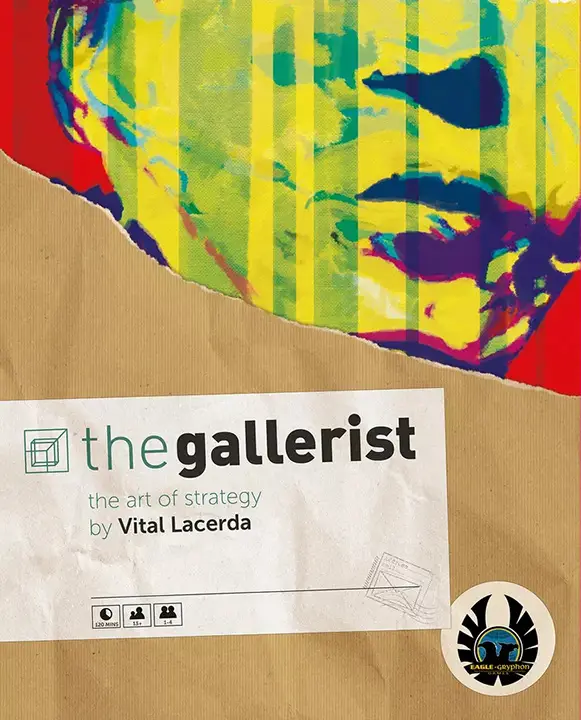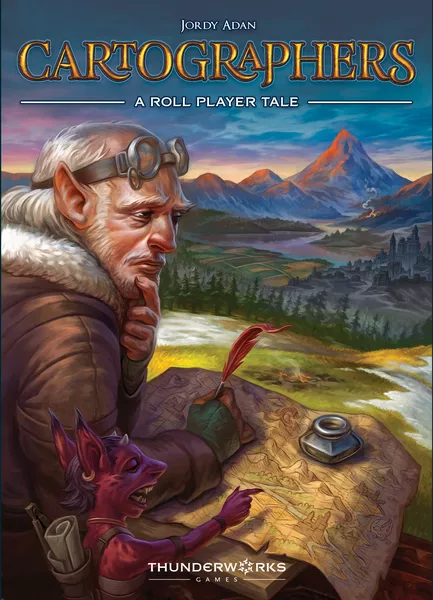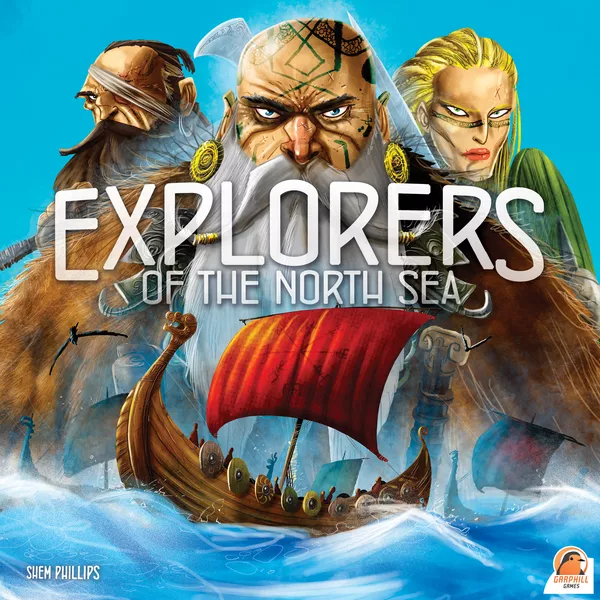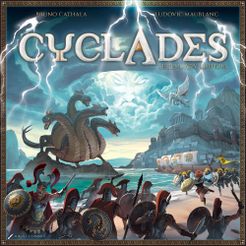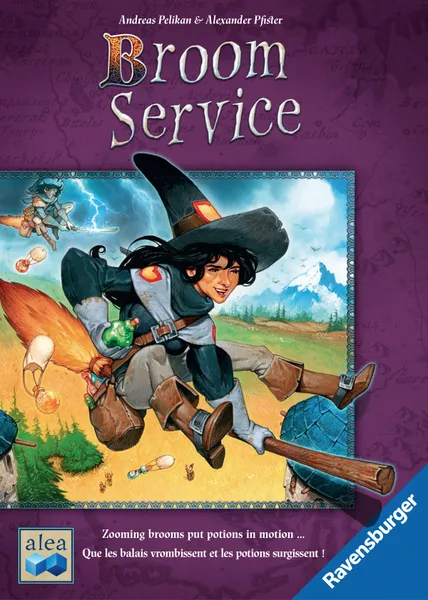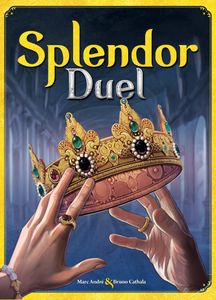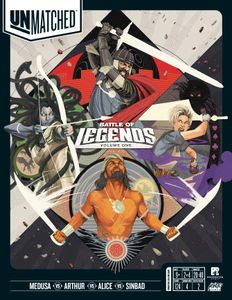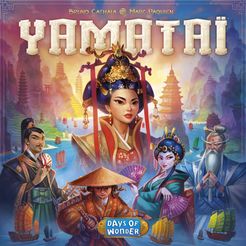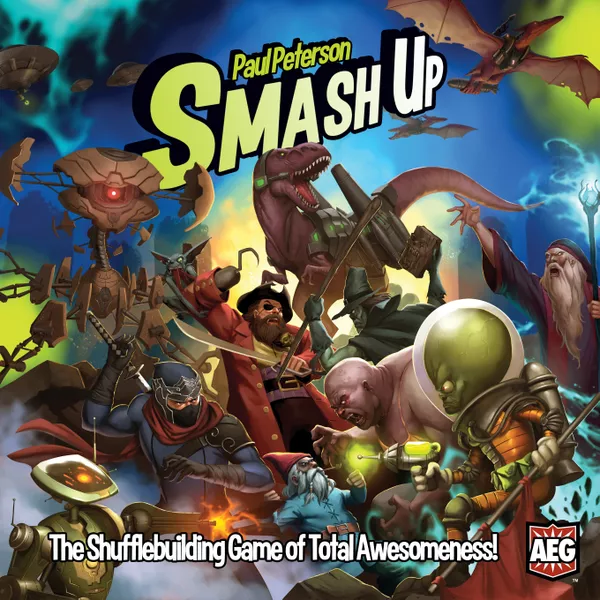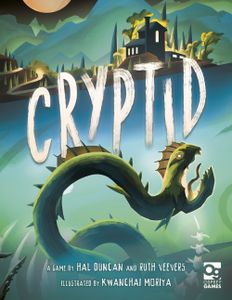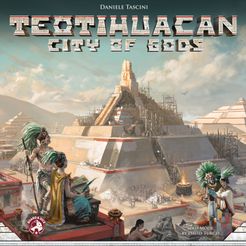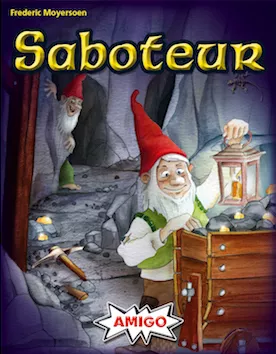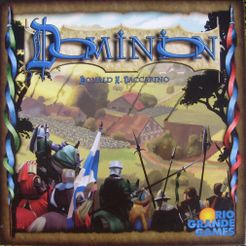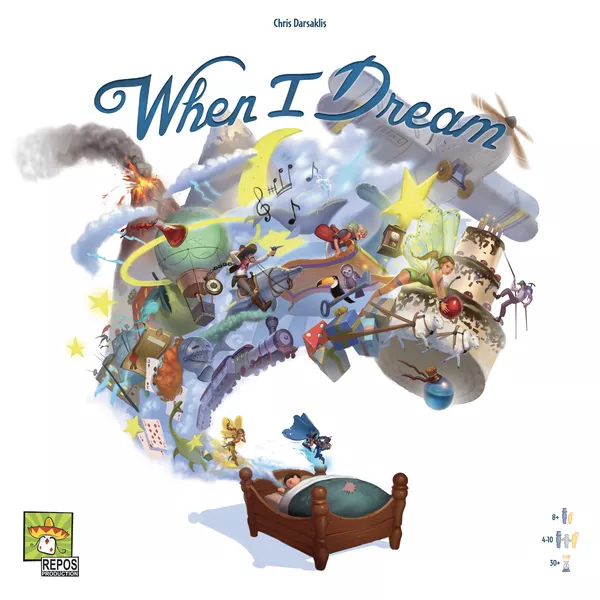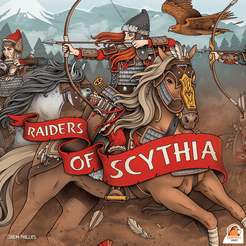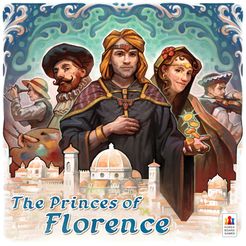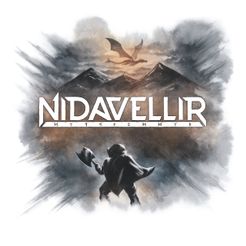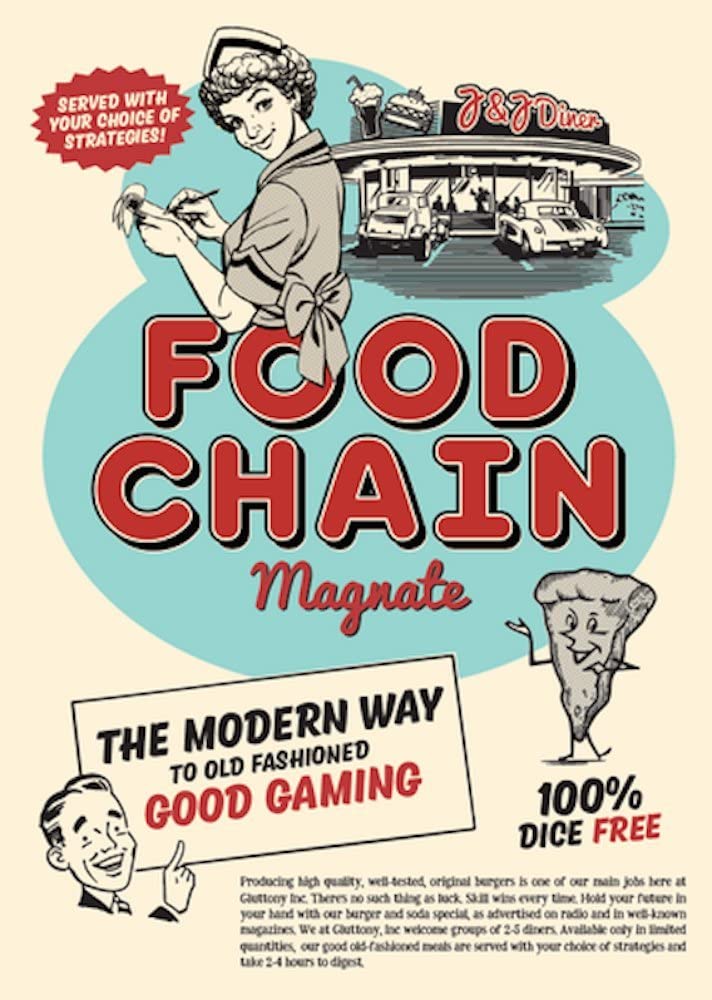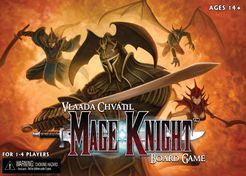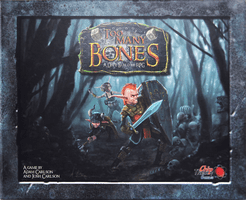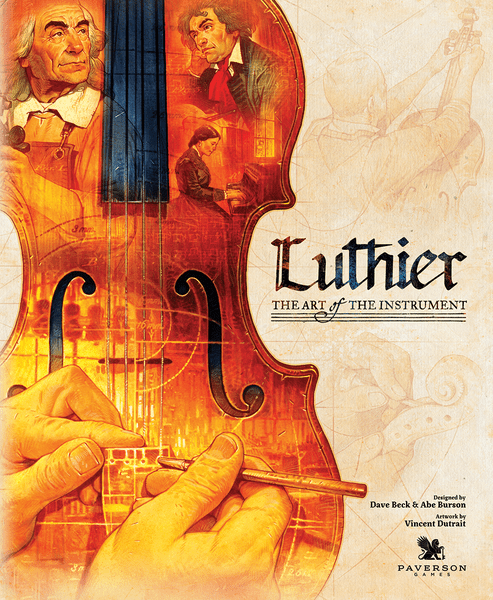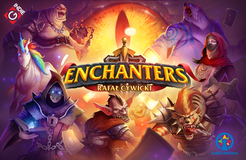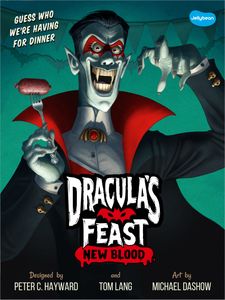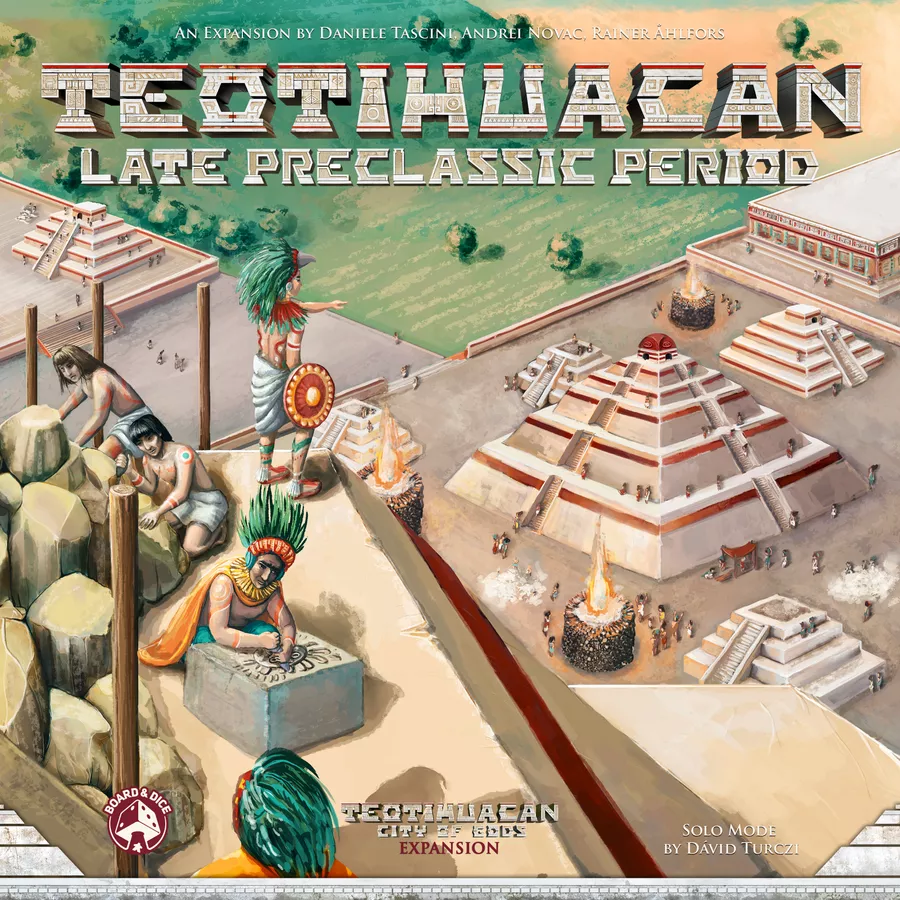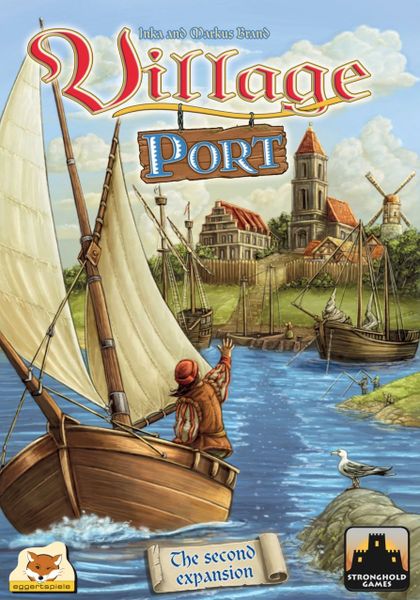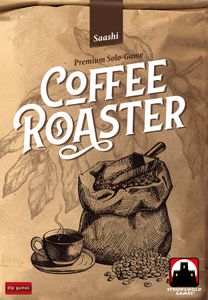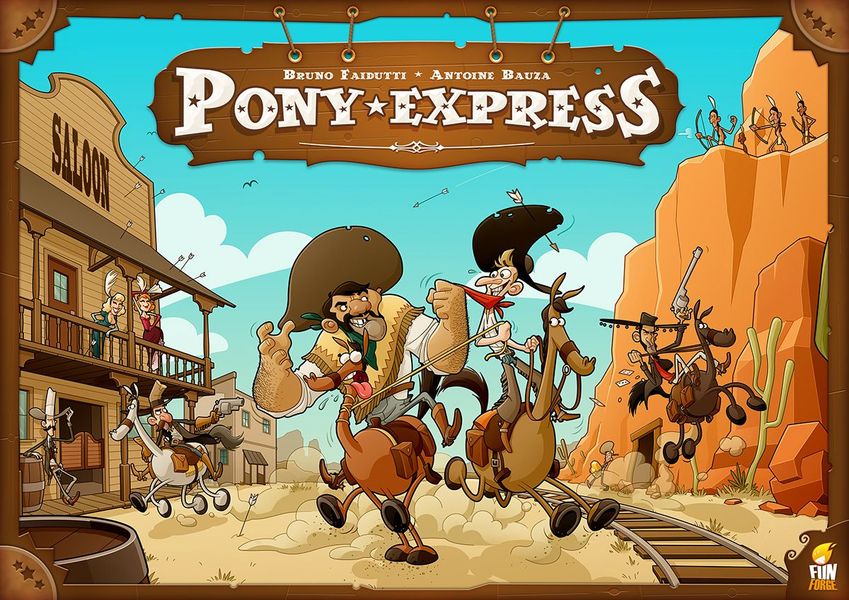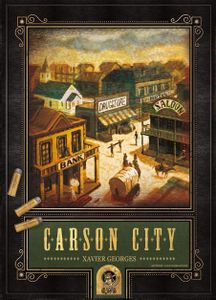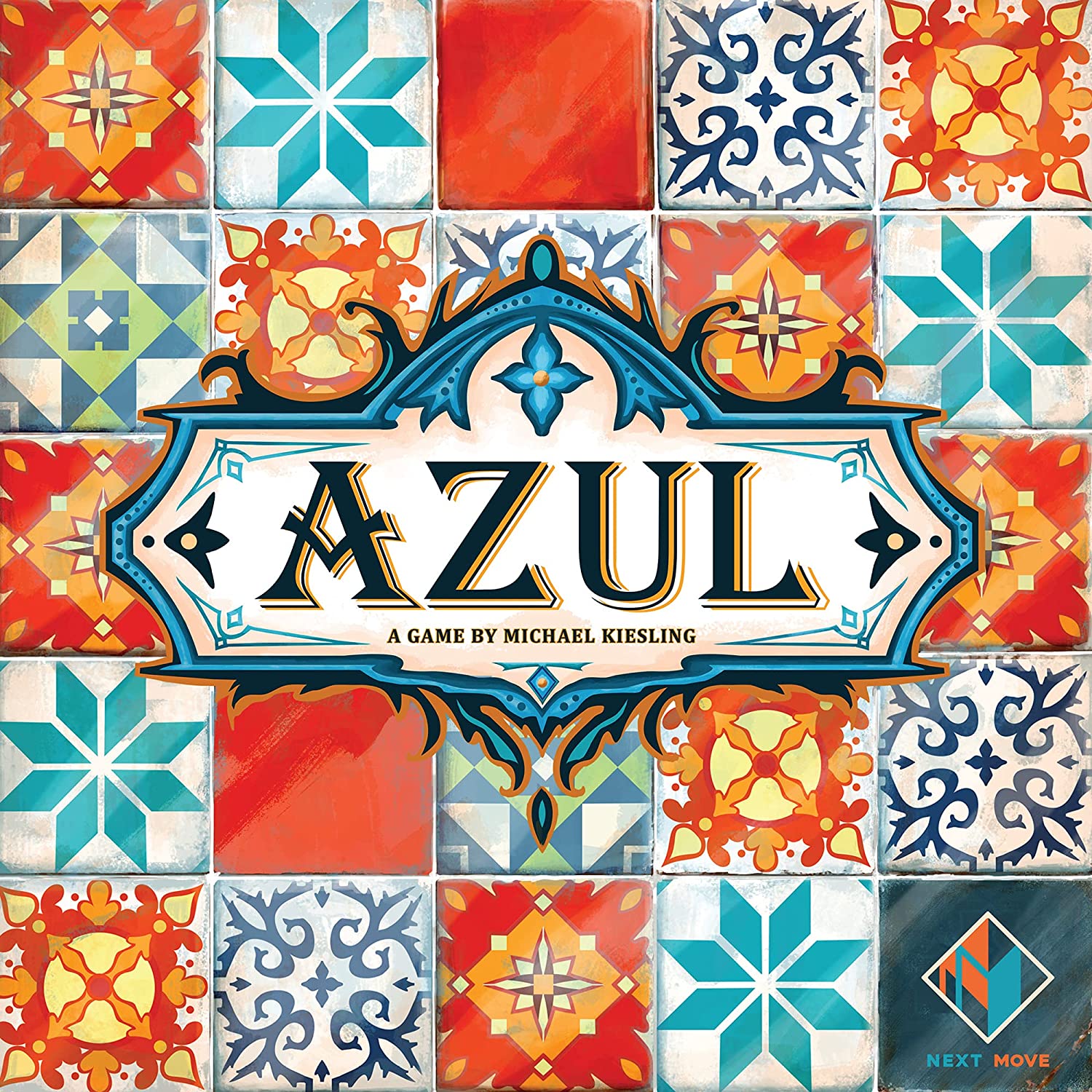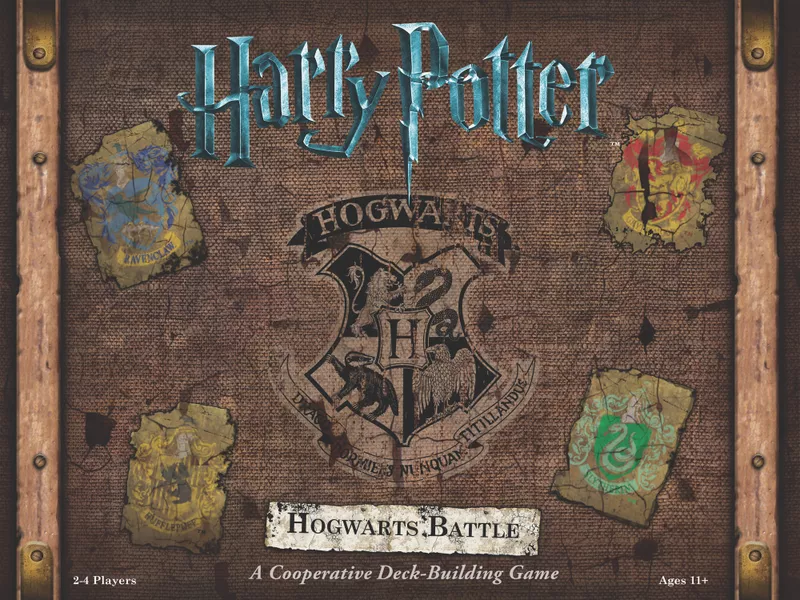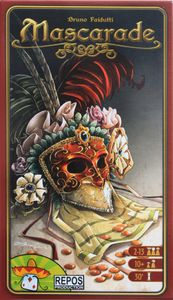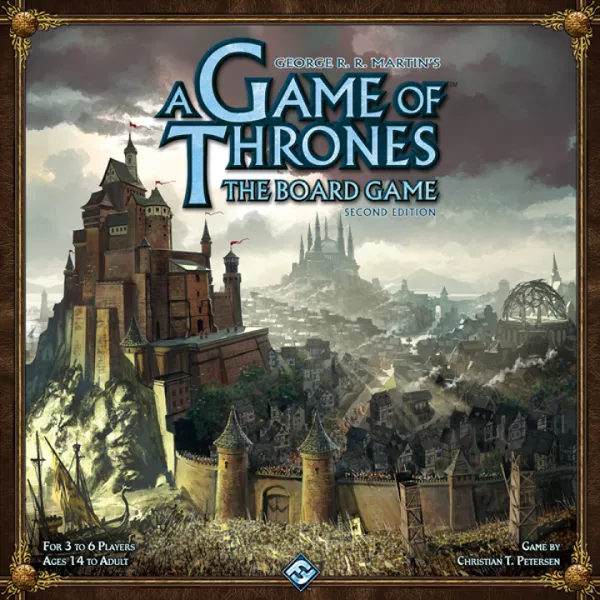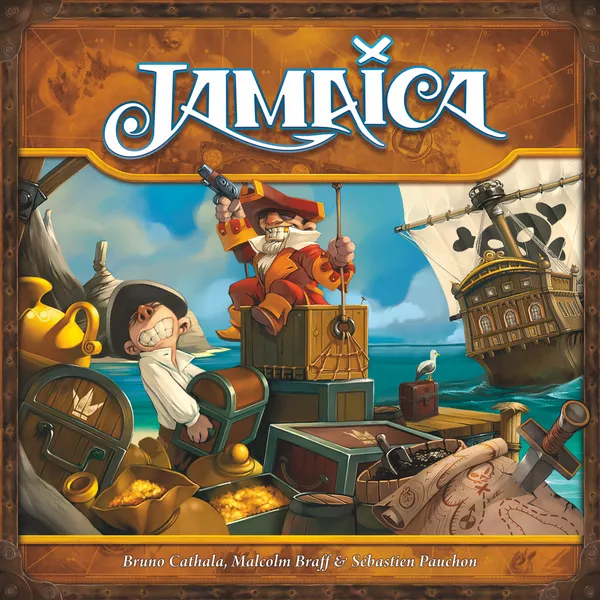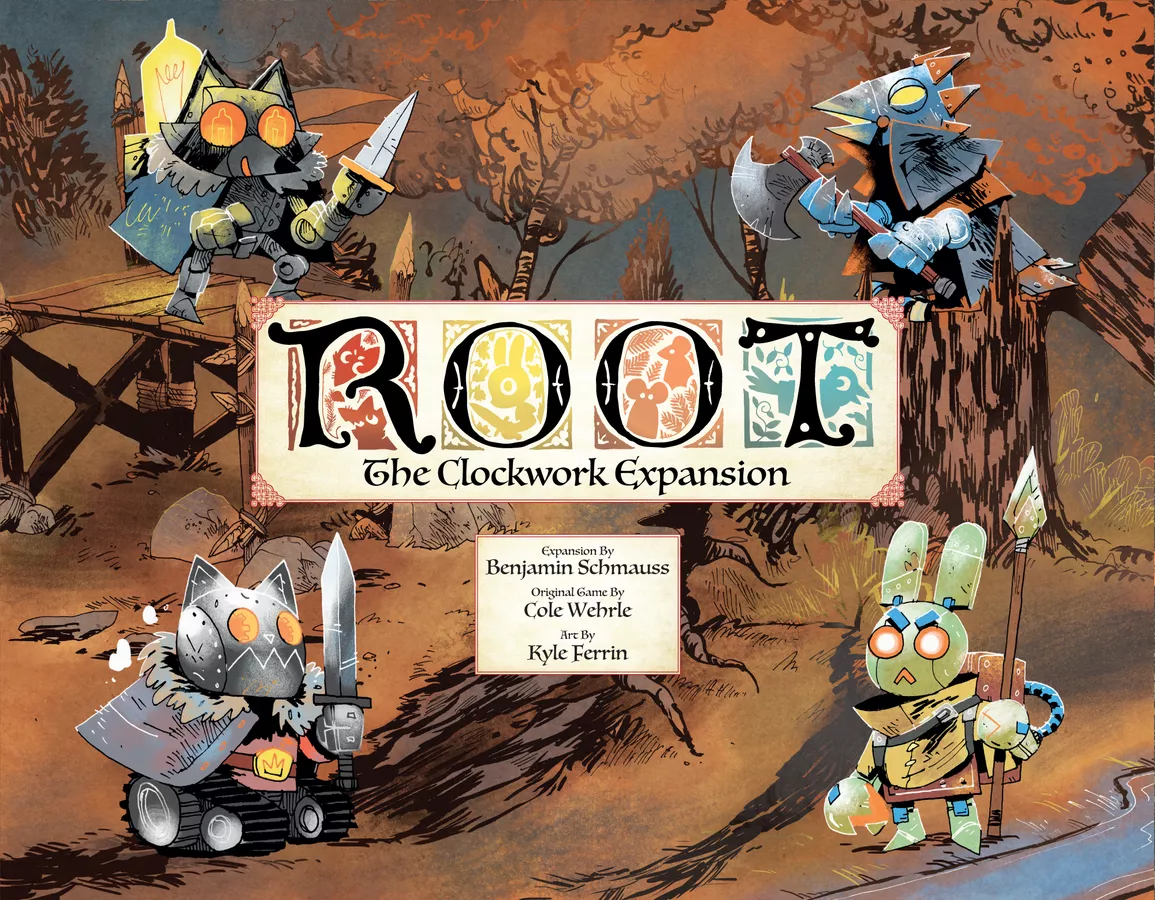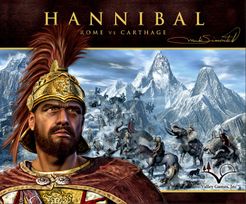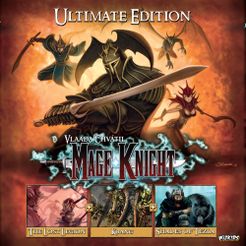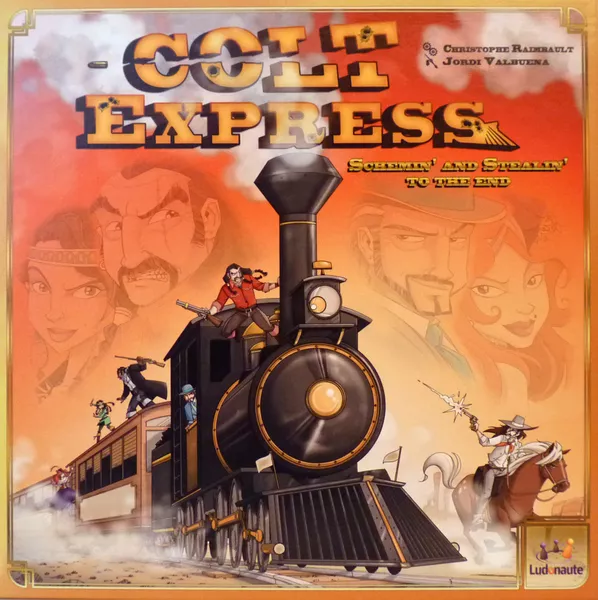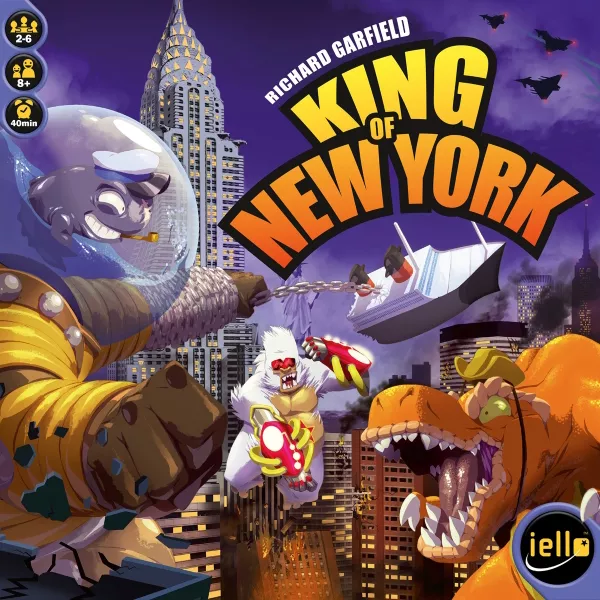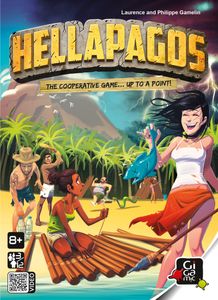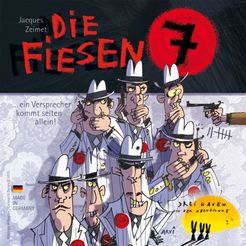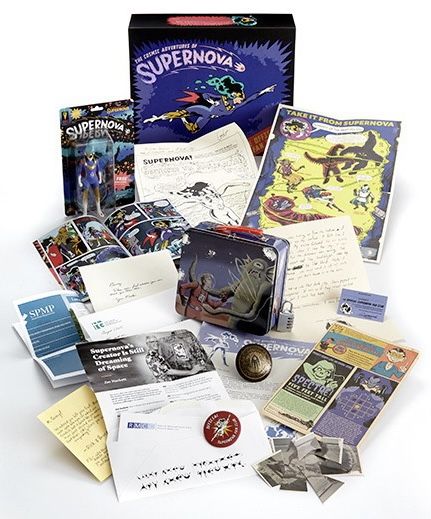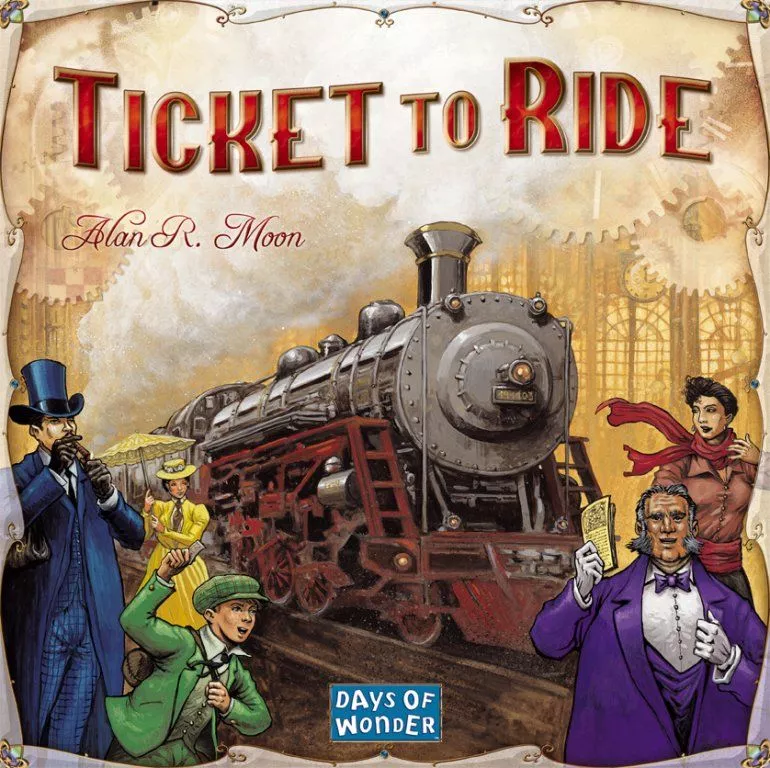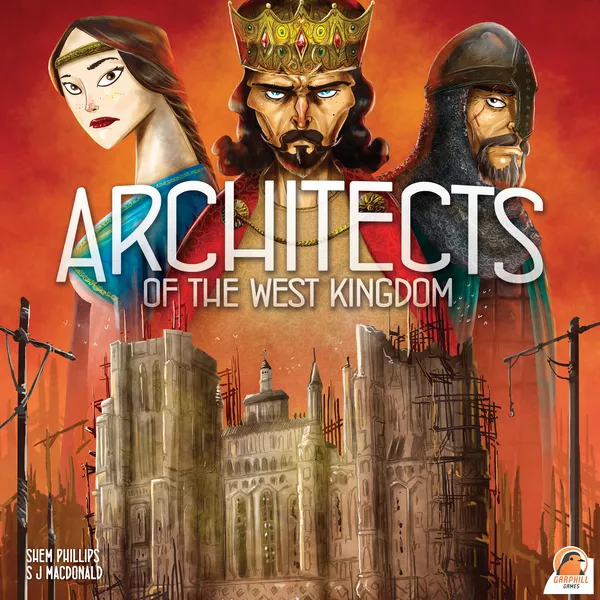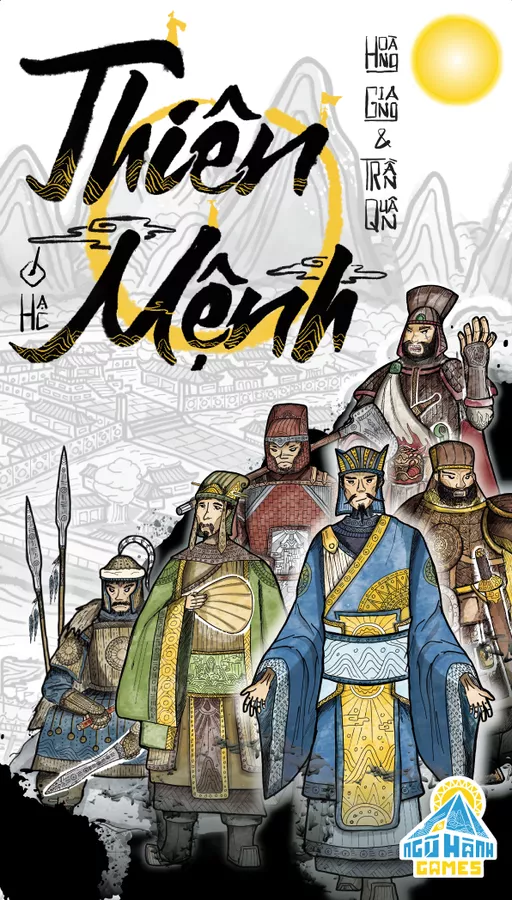Twilight Struggle (2005)
Twilight Struggle is a two-player board game simulating the Cold War where you play the US or USSR, planning to win the 45-year warfare.
Tác Giả: Ananda Gupta, Jason Matthews
Họa Sĩ: Viktor Csete, Rodger B. MacGowan, Chechu Nieto, Guillaume Ries, Mark Simonitch
Nhà Phát Hành: GMT Games, (Self-Published), Asterion Press, Bard Centrum Gier, Chrononauts Games, Devir
- Giới Thiệu
- Hướng Dẫn
- Video
- Chơi Ngay
- Giải Thưởng
- Đánh Giá & Bình Luận
About The Game
“Now the trumpet summons us again, not as a call to bear arms, though arms we need; not as a call to battle, though embattled we are – but a call to bear the burden of a long twilight struggle…”
– John F. Kennedy
In 1945, unlikely allies toppled Hitler’s war machine, while humanity’s most devastating weapons forced the Japanese Empire to its knees in a storm of fire. Where once there stood many great powers, there then stood only two. The world had scant months to sigh its collective relief before a new conflict threatened. Unlike the titanic struggles of the preceding decades, this conflict would be waged not primarily by soldiers and tanks, but by spies and politicians, scientists and intellectuals, artists and traitors.
Twilight Struggle is a two-player game simulating the forty-five year dance of intrigue, prestige, and occasional flares of warfare between the Soviet Union and the United States. The entire world is the stage on which these two titans fight to make the world safe for their own ideologies and ways of life. The game begins amidst the ruins of Europe as the two new “superpowers” scramble over the wreckage of the Second World War, and ends in 1989, when only the United States remained standing.
Twilight Struggle inherits its fundamental systems from the card-driven classics We the People and Hannibal: Rome vs. Carthage. It is a quick-playing, low-complexity game in that tradition. The game map is a world map of the period, whereon players move units and exert influence in attempts to gain allies and control for their superpower. As with GMT’s other card-driven games, decision-making is a challenge; how to best use one’s cards and units given consistently limited resources?
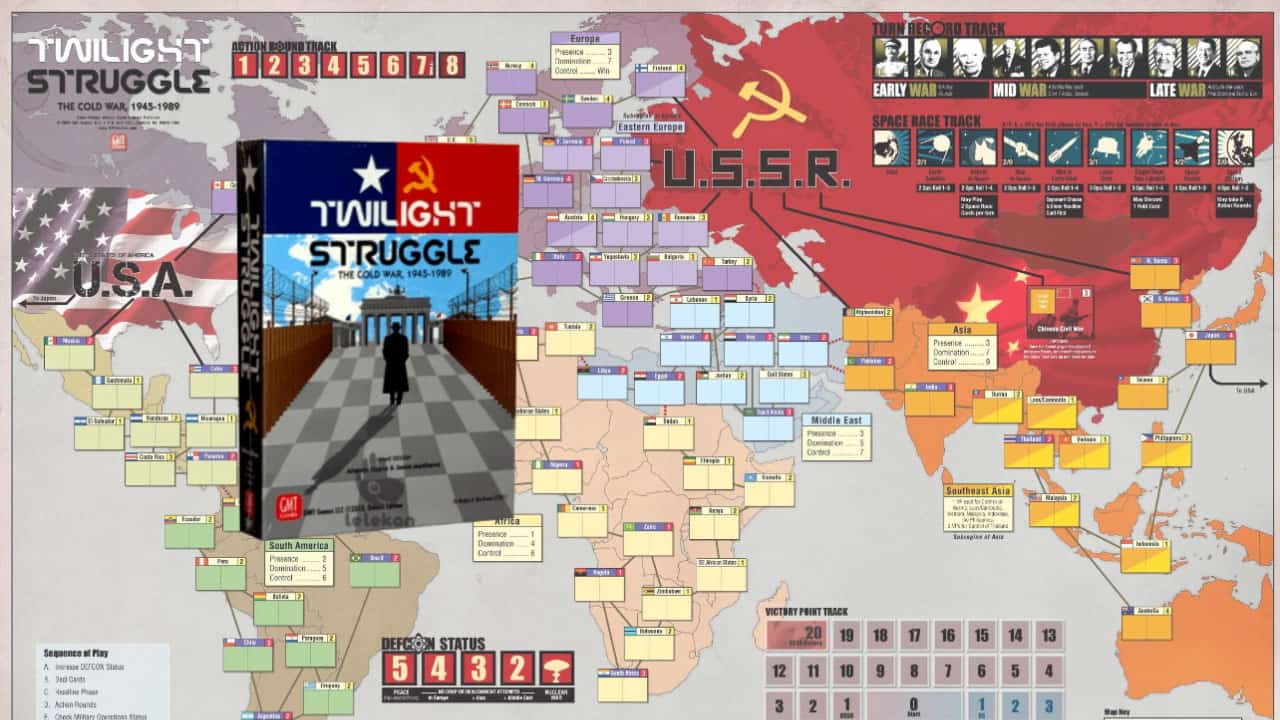
Đọc Tiếp
Video
Nơi mua Twilight Struggle (2005)
*Chúng tôi có thể được hưởng hoa hồng khi bạn mua hàng qua liên kết của các nền tảng thương mại điện tử này.



